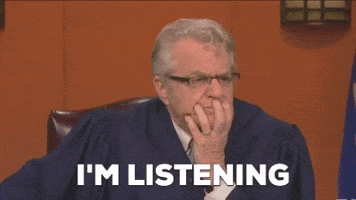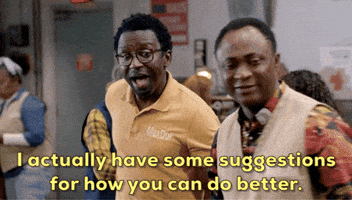Designing Health Starts Here
This is where we reimagine health: through art, emotion, and environment.

Health is often treated as a clinical issue — something we only talk about in a clinic, when something goes awry. But we know that health, and ill-health, begin long before the clinic room.
Most of what shapes how we actually feel — in our bodies, in our days — happens outside of hospitals. In our homes. In public spaces. On our screens. In the architecture we live with, the lighting in a waiting room, the sound of cars on the high street, or kids laughing in a museum café.
This newsletter is about that space — the one between the medical and the everyday. It’s about how the environments, tools, and cultural inputs around us affect our wellbeing, often more than we realise.
It’s about designing health — not as a tech stack or a treatment plan, but as something experiential. Emotional. Sensory. Human.
Why This Exists
My path into this space wasn’t linear. I trained in medicine, studied public health, and became a mindfulness and breathwork teacher. At the same time, I spent a decade in the fashion world, where I also found my way into photography. All of it — the clinical, the creative, the contemplative — informs how I think about care and where it really happens.
Designing Health is a space to unpack that. To write clearly and critically about creative health (in its broadest sense) — not as a nice-to-have, but as a necessary shift in how we approach care.
I’ll draw from science, art, personal practice, and systems design. Some posts will be conceptual, others practical. But all of it will aim to make the case that how we design our lives — culturally, emotionally, environmentally — matters more than we’re often taught.
The Real Question Isn’t “What’s Wrong With You?”
I often come back to a question from trauma therapist Resmaa Menakem: Where does it hurt? It sounds simple, but it cuts through.
Sometimes the hurt is obvious — a diagnosis, a breakdown, a difficult stretch of time. But more often, it’s ambient. Subtle. Chronic. A creative itch you haven’t scratched in years. A daily routine that leaves no space to breathe. A work culture that rewards burnout and busyness.
When we ignore these smaller, systemic stressors, we end up labelling the person as “unwell” without asking whether the environment is doing its job.
Creative Health Is a Design Problem
So what do we do with that? We design better inputs. Creative health isn’t about turning everyone into an artist or sending them on a retreat. It’s about recognising that what we see, hear, touch, and feel every day impacts our nervous system — and our capacity to stay well.
It’s practical. It’s measurable. And it’s long overdue.
This isn’t a rejection of medicine. It’s a recognition that medicine is only one part of the puzzle, one that often arrives too late.
Prevention, at its best, isn’t just a blood test. It’s the playlist that helps you breathe. The layout of a space that lets you rest. The film, story or image that makes you feel like yourself again. It’s the way we live in and experience each moment.
What You’ll Find Here
I’ll be writing every two weeks, exploring how creative tools, cultural spaces, and emotional design shape our experience of health.
Some pieces will draw from personal practice. Others will look at wider systems — public health, technology, the built environment. All of it connects back to one question: What kind of health are we really designing for — and who gets to feel well?
It’s about making space for better questions, clearer language, and more thoughtful design — in healthcare, in culture, and in everyday life.
That’s all for now. Thanks for being here.
— Efosa




